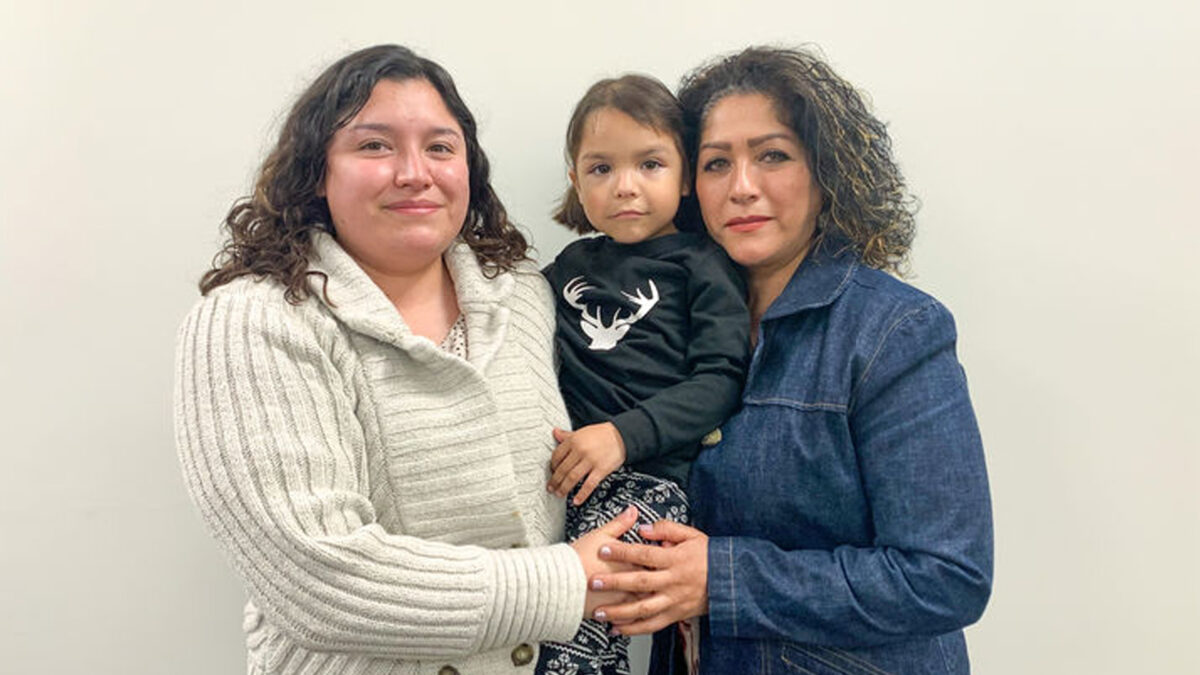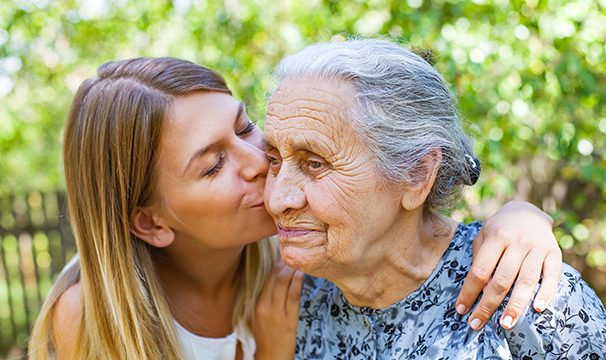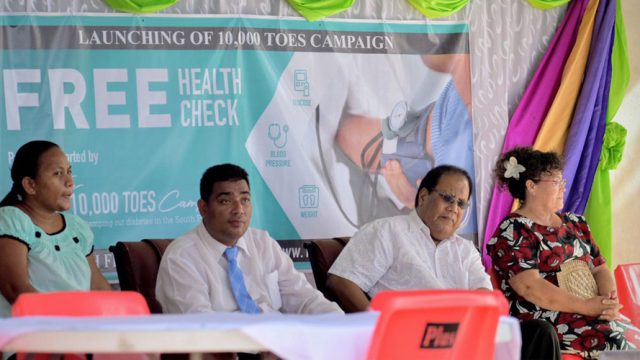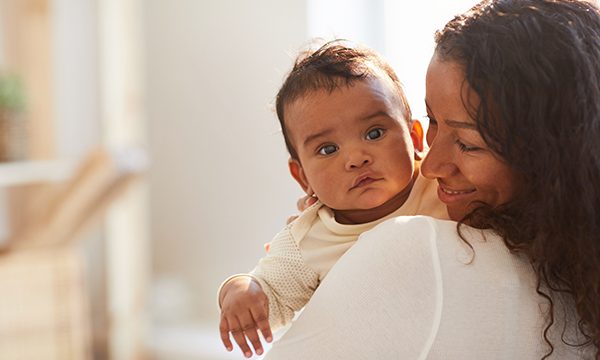When Giselle, 4, needed a kidney transplant, her grandmother Isabel didn’t hesitate.

Isabel Graciano had watched her granddaughter Giselle Morales suffer from a barrage of health issues since she was only four months old — ovaries not developing completely, having a central line placed, kidney issues, and needing dialysis. When Giselle needed a kidney transplant at the age of four, Isabel didn’t hesitate to volunteer as a donor.
Isabel says that Giselle’s mom was working hard to care for her daughter, and Giselle’s dad was working hard to provide for them. After seeing so much suffering, it was her turn to help.
Giselle suffers from a very rare condition stemming from a genetic mutation, Rita Sheth, one of Giselle’s pediatric nephrologists at Loma Linda University Children’s Hospital, said. This condition resulted in Giselle having kidney and gonadal problems.
“Giselle’s disease is rare — she is one of few children with this condition,” Sheth says. “As an infant, Giselle was brought to the hospital with swelling and eventually diagnosed with a type of nephrotic syndrome that leads to kidney scarring and kidney failure. She was also at risk for a type of kidney cancer.”
No matter the pain she is in or if she cries, Giselle tells her family that she is OK — she is happy. Isabel says her granddaughter is an example of courage.
“Despite everything, Giselle and her family are always happy, positive, and upbeat,” Sheth says. “Giselle is an energetic, lively girl — full of spunk. She always brings a smile and joy to our clinic.”
Giselle had her first kidney removed when she was three and her second kidney removed when she was four.
After Isabel volunteered to be a living kidney donor for Giselle, tests and blood typing were performed to see if she was a match and if Giselle’s body wouldn’t reject her donation.
Isabel says she was very anxious and tense throughout the whole process — she worried something would happen that wouldn’t allow her to donate to Giselle. She kept praying that everything would work out.
Giselle’s mom, Estefania Morales, says she was overwhelmed with many conflicting feelings. “I was happy but also really scared,” she says. “It’s my mom and my daughter — I didn’t want anything to happen to either of them. I felt it was my responsibility as Giselle’s mom to be the one to donate my kidney.”
But Isabel told her daughter that she needed to think of Giselle’s future. “My mom told me it was better for me to wait, in case Giselle needs another kidney in the future — then I could potentially donate mine,” Estefania said.
Isabel’s kidney ended up being a match for Giselle. Both the transplant surgery and the kidney removal surgery went well. Since Giselle’s transplant, however, she has had many complications and has needed multiple admissions and therapeutic interventions that are not the normal post-transplant course, Sheth says.
“Her future is good, and with the strong family support she has, she will do well,” Sheth says. “But unfortunately, she will need more than one transplant in her lifetime due to the fact that donor kidneys have a limited life span in a recipient.”
For now, Giselle carries a physical reminder of a grandmother’s love for her granddaughter.
About the Living Kidney Donor Program
Although many kidney transplants come from people who have passed away, patients in need can receive a kidney from a loved one or altruistic stranger through the living donor program. A series of tests are conducted to make sure the donor and recipient are a match. While kidneys are the most common organs donated by living donors, living individuals can also donate portions of a lung, pancreas, liver, or intestines.
The original version of this story was posted on the Loma Linda University Health news site.








